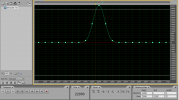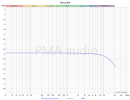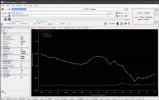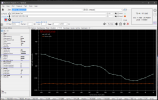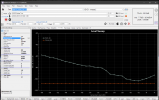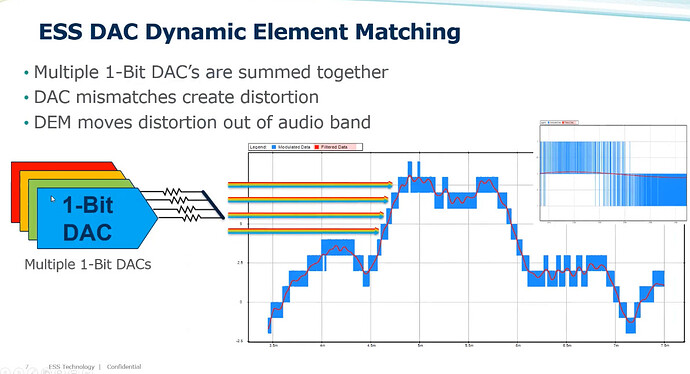Nice. Is it something you do on occasion or with certain DACs?
I had a random thought: although I don't understand all the ins/outs of DSD vs. PCM, it seems easier to end up at an analog waveform representing the original with it. And cheaper.
With enough processing power to do a full resolution PCM > DSD conversion probably available now with [even] an older ARM chip like Snapdragon 8 - with room to spare. Maybe this will be the direction ESS/AKM take their DACs in the future? If I was at the helm at AKM I'd at least be experimenting with it for chips intended for high tier, non battery operated things (things that could handle 1.5-2.5 watts more dissipation and draw). The resulting stream wouldn't be any less accurate than the 256x or similar oversampling they do with their DACs currently, and transforming data to analog is even better handled by AKM's current 4499EX when DSD is the format (allegedly lol). Do you think anything like this is likely to happen? Or just incremental improvement in low-bit (4, 5, 6, 7, 8) DACs with sporadic improvements to delta sigma modulators.
Anecdotally, in the PS Audio review I posted earlier in this thread of the E70 Velvet, the reviewer (not Paul McGowan if you know who he is lol - great guy) was especially impressed with its DSD playback ability. If I recall correctly, he said for notable DSD sound quality improvement over the E70 Velvet, you'd need to move up to ~7-8x its price. That's quite the endorsement!... the last time I made an endorsement like that was regarding ROI on room treatment for sound quality improvement. And using a passive preamp if line level to your power amp's gain level is high enough to reach your preferred max listening level. Generally, with audio, you get what you pay for (if you have an eye for snake oil and dishonesty and aren't prone to blind brand loyalty and do due dilligence), but I still wouldn't buy anything at all from anyone at all if the seller's returns and exchange protocol was "no refunds, exchange for same device only"

